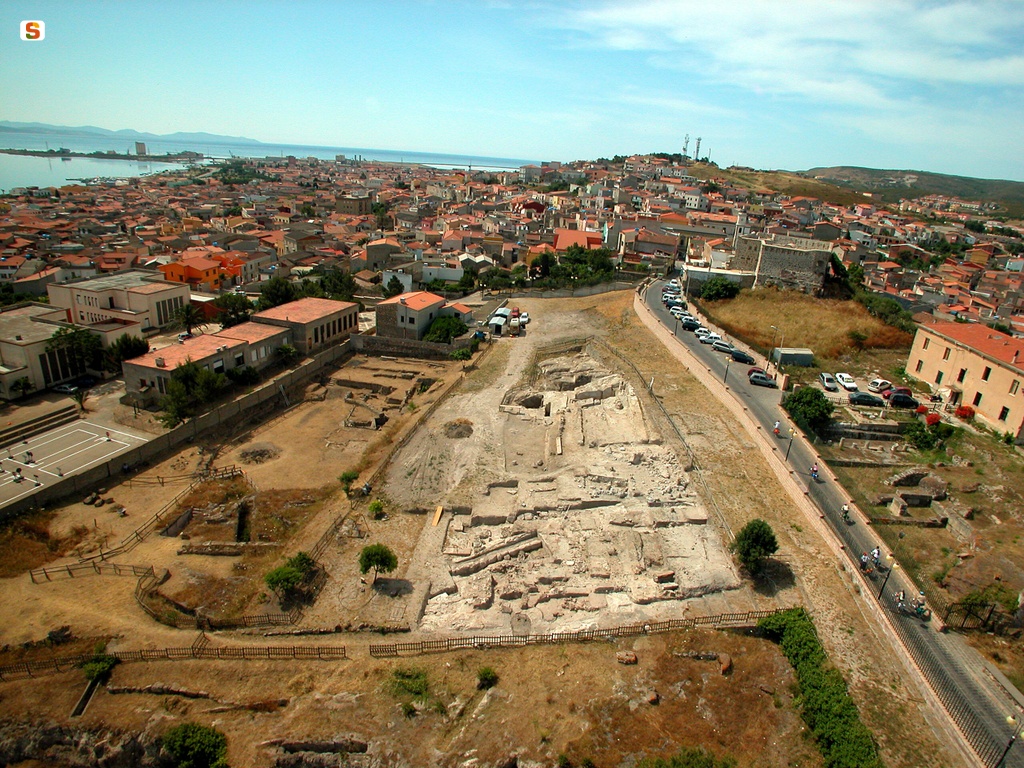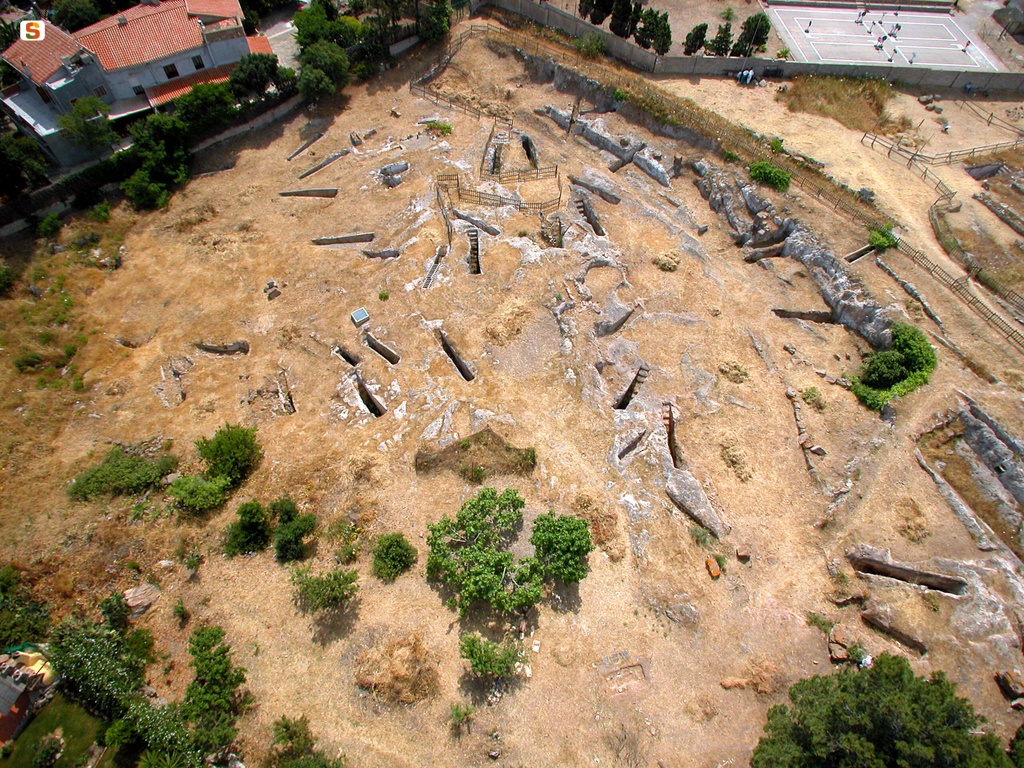Sulky was located on today's island of Sant'Antioco, more precisely in the northeastern part of the homonymous island of Sulcita. Island located southwest of the western coast of Sardinia. On the island of Sant'Antioco you can visit the MAB F. Barreca Archaeological Museum, the tofet, the Savoy fort, the underground village, the Ethnographic Museum, the Necropolis and the Acropolis.
The Phoenician city of Sulky was founded in the 8th century BC, in an area rich in archaeological evidence from the Nuragic era. The remains of the archaic settlement consist of rooms built with stones tied with mud mortar and raw earth bricks, a food silo, a tank that returned a considerable quantity of ceramics and the necropolis.
The settlement of Sulky, around 500 BC, came under the control of the Carthaginians, following the conquest of the island. During this period, the city walls, the tofet and the Punic necropolis, located on a hill and considered one of the most important in the Mediterranean, were built. The finds attributable to the Phoenician-Punic period are kept in the Municipal Archaeological Museum “Ferruccio Barreca”.
Following the Roman conquest, Sulky also underwent a process of Romanization: the Punic necropolis was extensively reused and the urban structure did not undergo substantial changes, at least until the imperial period when Sulci acquired the rank of “Municipium”.
In the Christian era, catacombs were built, dug into the rock on a previous Punic structure, now visible under the floor of the parish church dedicated to Sant'Antioco Sulcitano, built in the early Middle Ages, then the subject of building interventions in the following centuries.
History of excavations
The first mentions of the antiquity and importance of the Sant'Antioco site date back to 1580, by Canon Giovanni Fara. After him, many other scholars, including Della Marmora and Lo Spano, became interested in the site. The first scientific archaeological excavations were conducted by Antonio Taramelli, who published the report of his research activity with rigor and precision in the period between 1903 and 1921. Subsequent interventions were conducted by Salvatore Puglisi, Paolo Mingazzini and Giovanni Lilliu. In 1956, systematic investigations began. Gennaro Pesce discovered tofet in the town significantly known as “Sa Guardia de Ispingiadas” and extended the investigation to the Punic necropolis. Subsequent interventions, starting in 1967, were conducted by Ferruccio Barreca in the area of the Punic necropolis. At the end of the 80s, Piero Bartoloni, Paolo Bernardini and Carlo Tronchetti investigated an area of the town from the first century AD (Cronicario).
Bibliography
G. Spano, “Description of the ancient city of Sulcis, Site and extension”, in Bullettino Archeologico Sardo, 3, 1857; P. Bartoloni-P. Bernardini-C. Tronchetti, “S. Antioco. Area del Cronicario, excavation campaigns 1983-86", in Rivista di Studi Fenici, 16, 1988;
P. Bartoloni, Sulcis, series “Itineraries”, 3, Rome, Polygraphic Institute and State Mint, 1989;
P. Bernardini, “S. Antioco (Cagliari), Phoenician Inhabitation and Punic Necropolis”, in Bulletin of Archaeology, 3, 1990.
C. Tronchetti, S. Antioco. Sassari, C. Delfino, 1989 (Archaeological Sardinia. Guides and itineraries; 12);
P. Meloni, Roman Sardinia, Sassari, Chiarella, 1990;
P.G. Spanu, Byzantine Sardinia between the 6th and 7th centuries, series “Late Antique and Medieval Mediterranean. Excavations and research”, Oristano, S'Alvure, 1998, pp. 47-55.
S. Angiolillo, The Art of Roman Sardinia, Milan, Jaca Book, 1998;
A. Mastino, History of Ancient Sardinia, Nuoro, Il Maestrale, 2005.
Content type:
Archaeological complex
Archaeology
Province: Sud Sardegna
Common: Sant'Antioco
Macro Territorial Area: South Sardinia
POSTAL CODE: 09017
Address: via Sabatino Moscati, 1
Telephone: +39 0781 82105
E-mail: info@archeotur.it
Website: mabsantantioco.it
Update
Where is it
Images


Results 2 of 113328
View AllTexts
Comments